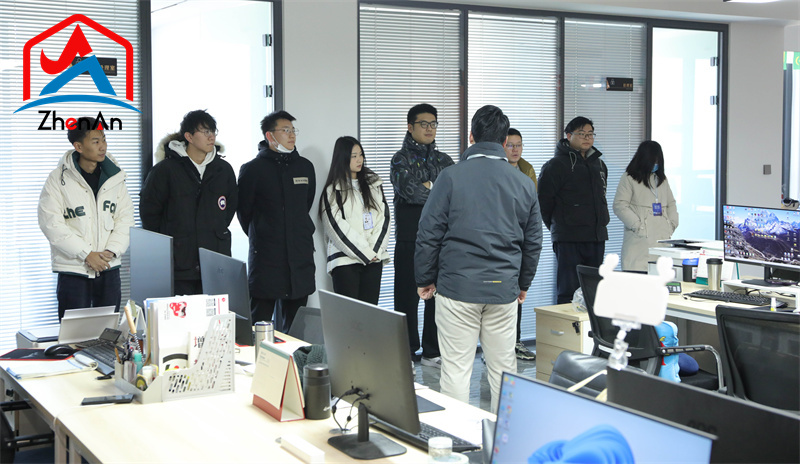In industrial production and machinery manufacturing, low carbon ferromanganese is often used to make wear-resistant parts, such as wear-resistant steel balls, wear-resistant plates, etc., which can be used under high temperature and pressure for a long time, reducing equipment wear and extending equipment life.

Secondly, low carbon ferromanganese has good toughness. Toughness is the ability of a material to resist fracture or plastic deformation. The manganese element in low-carbon ferromanganese can improve the toughness of the alloy, making it less likely to break and have better impact resistance. This makes low-carbon ferromanganese widely used in some situations that require high impact resistance, such as some impact parts in the casting field, track equipment in the railway field, etc.

In addition, low carbon ferromanganese has good corrosion resistance. In some special working environments, metal materials are susceptible to corrosion. The manganese in low-carbon ferromanganese can form a dense oxide film, thereby preventing oxygen, water and other substances from further corroding the interior of the metal. Therefore, low-carbon ferromanganese has strong anti-oxidation and corrosion resistance and can be used in some situations with corrosive media, such as chemical industry, marine and other fields.

In addition, low carbon ferromanganese also has good thermal conductivity. Metals such as iron and manganese have good thermal conductivity, and low-carbon ferromanganese, as a ferroalloy material, also inherits this advantage. It can quickly conduct heat to the surrounding environment, lower the temperature, and improve the heat dissipation capacity of the device. Therefore, low-carbon ferromanganese is often used in mechanical equipment components that require heat dissipation, such as coolers in power plants and heat sinks in automobile engines.

Low carbon ferromanganese also has a high melting point and good melting properties. The melting point is the transition temperature of the material from solid to liquid, and the melting performance refers to the melting point range of the material, heat conduction during the melting process and other properties. Low carbon ferromanganese has a higher melting point and can maintain stable performance at higher temperatures. At the same time, due to its good melting performance, low carbon ferromanganese is easy to melt, cast and process, which is very convenient for industrial production.





